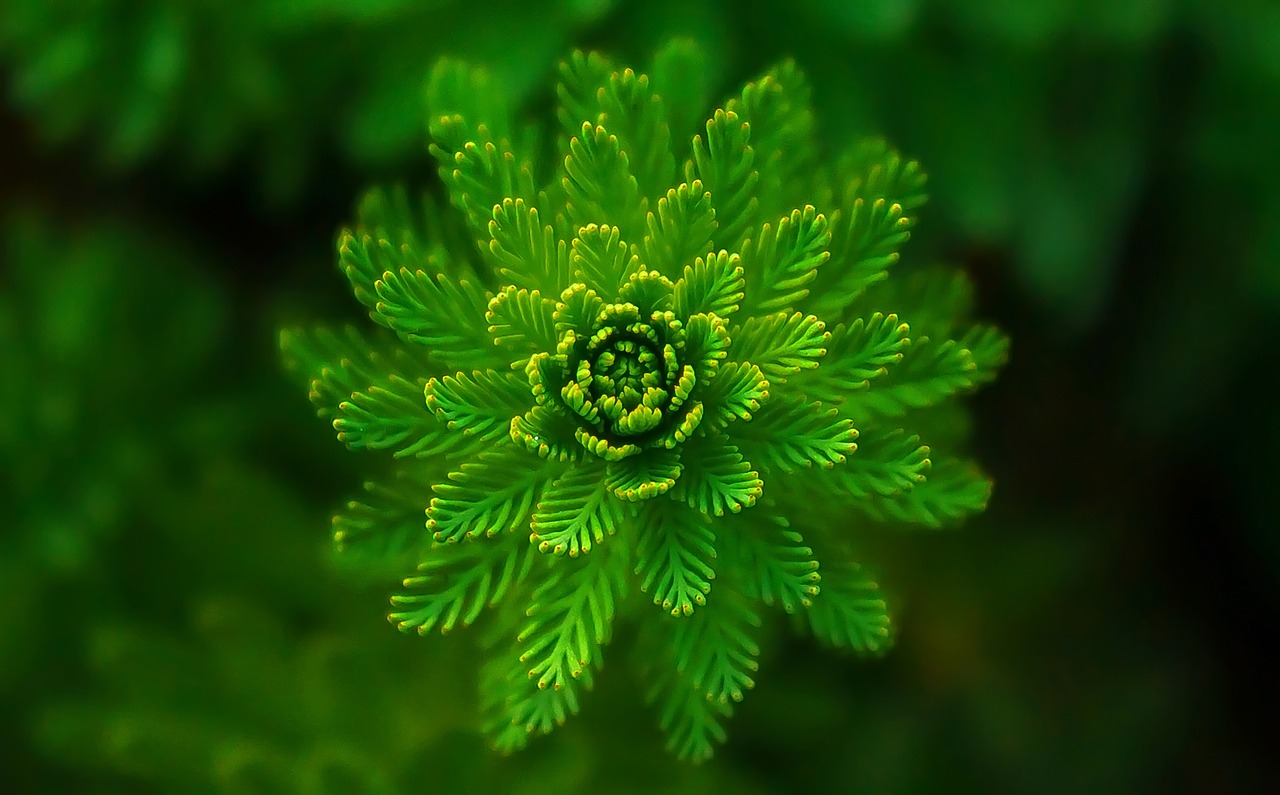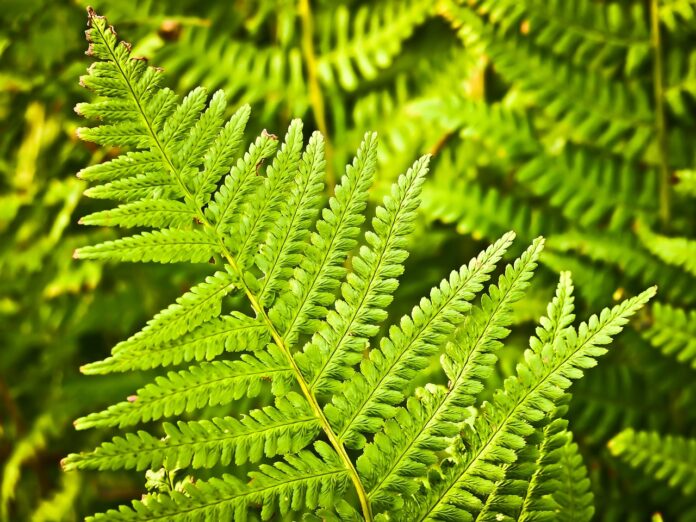Forest wanderers have undoubtedly encountered fern thickets on their paths. This plant is so common that many simply overlook it. However, ferns create a certain atmosphere where they grow, and these plants are quite unusual in themselves, with a history that is even more fascinating.
Interesting Facts About Ferns:
- Ancient Origin: Ferns are among the oldest plants on our planet. For approximately 405 million years, they have been thriving in forests, near rivers and lakes, in rock crevices, and more. Over their long existence, their species diversity has been largely preserved compared to the past.
- Current Diversity: Today, there are about 10,620 species of ferns worldwide. They vary in size, structure, and life forms. However, they don’t differ much in external appearance, so we commonly refer to all of them simply as ferns.
- Extinct Giants: In the distant past, the genus of extinct tree ferns, Psaronius, flourished on almost all continents. These giant plants reached heights of up to 10 meters, with trunk diameters often measuring 1 meter. Visually, these towering plants somewhat resembled palm trees.
- Reproduction: If you have a lot of ferns in your area, you’ve likely noticed they never bloom. That’s because they reproduce by spores. Interestingly, ferns don’t have leaves! What we observe are leaf-like structures called fronds.

- Parasitic Ferns: There are so-called parasitic ferns. Some species grow on the branches and trunks of trees, harming the host plants. In other words, they strangle trees like vines but do not derive any nutrients from them.
- Giant Ferns in Tasmania and Australia: The islands of Tasmania and Australia are populated by massive ferns, such as Dicksonia antarctica. These plants typically grow up to 15 meters tall and have fairly large trunks, with diameters reaching 2 meters.
- Culinary Uses: In countries like China, Korea, and Japan, some fern species are consumed as food. In Polynesian islands, edible ferns are used like asparagus or olives. They are sometimes soaked in saltwater and fried. Some cultures add ferns to salads or preserve them for long-term storage.
- Building Material: In hot countries, fern trunks are often used in construction. Their structure and strength are similar to wood.
- Hawaiian Cuisine: In Hawaiian cuisine, ferns are used differently than in Japan, China, or Korea. After harvesting, the soft core is ground into flour, which is then used to make baked goods.
- Extinct in Antarctica: Today, ferns are not found in Antarctica. However, they once inhabited the continent, but climate changes led to their complete disappearance from the region.
- Largest DNA: The humble fern has the largest DNA among all organisms on Earth; its genome is 50 times larger than that of a human.
- Spore Dispersal: Fern reproduction is facilitated by winds that can carry spores over great distances. If a spore lands in soil suitable for fern growth, it takes root and begins to sprout.
These facts highlight the unique and fascinating nature of ferns, demonstrating their importance in both natural ecosystems and human culture.
